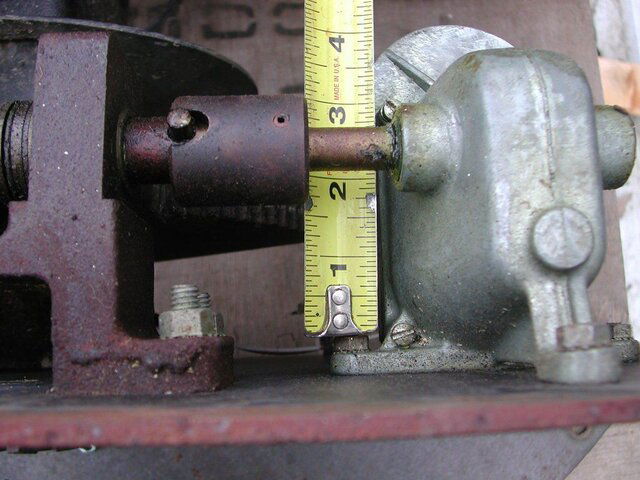I'll have to admit to having more fun and spending more time helping newbies and discussing problems and projects here,...
... than actually -watching- anything on TV.
But I digress.

It's worth pointing out that a position sensor directly coupled to the aiming angle of the dish, is far more valuable than one upstream in the gears.
"Slop" is a common term for backlash in a mechanical system.
So, it's possible that even with a sloppy gear train, you could bring the dish to the desired angle.
Keeping it there might be a problem, because the traditional controller philosophy doesn't take into consideration wiggle or wind-blown slop that might displace the dish.
We are not in a fully closed-loop system.
We're open loop, and have to make the best of our situation.
It has been wisely pointed out, that there might be enough play in the system to locate the dish differently when east of true south, as opposed when it's west of true south.
First thought might be to allow a compensation if this is the only source of positioning error.
However, winds and other factors might play a part in the actual aim of the dish, and having a very mechanically tight (not just stiff) gear train is essential.
When slop is more than one click , then you have a pretty poor system.
But, as you reduce slop, and increase the clicks or counts per degree, the system improves.
Wow, Anole, you've got a great thread going on here.
Yes, the interest and technical feedback are first rate!
Hope we come up with something that you might want to bring to market! - :up
My ultimate GBox will have, in addition to the current features:
- Polarator control
- USALS
- USB connection to connect to a PC/Mac to allow the user to edit/store satellite data (name, location, etc) from/to the GBox.
- Switchable Low/Medium/High power (amps) to accommodate different size motors/actuators/dishes.
- High/Low speed auto setting. This will cut on travel time.
I'm sure you will think up more features, and comment on how to make all the ideas work well together.
Thanks so much for your input.
The idea of integrating all these ideas into a Gbox would certainly be better than a single-function design!
Polarotor control is being well discussed in other threads, and I don't want to rehash that subject.
If we come up with any requirements or features which would improve it, I'm sure we'll get the word out!
USB to up/download the diseqc 1.2 positions would be a real time saver, I suspect.
For backup if nothing else!
And if the format the file was simple text-like, then users might edit it with Notepad or some other simple tool.
I can ever see advancements where users program spread sheets to output data to be fed to their positioners!
So, great idea, you have there. - :up
Changing motor speed is something I've been thinking about.
One way to make the motor run slower without losing torque, is to pulse width modulate the 36 volts.
I ran an experiment on a buddy's model train some years ago.
We got his engine to slow down to such a crawl, that it was all but impossible to see it move.
We had to look at a dust mote on one wheel, under high magnification, to be able to recognize movement.
Now, as to how a slow-move might be applied to a dish/motor which had an advanced controller, I do not immediately see.
Could you start the move at a slow speed, then accelerate for mid-move, then slow as you came to final position?
Come to think of it, Stogie once commented that his 12' Paraclipse seemed to shake or oscillate a bit when coming to a stop.
A slow-speed-start, slow-speed-stop feature would certainly put an end to that problem.
So, would that be useful? If so, it's easy enough to do.


